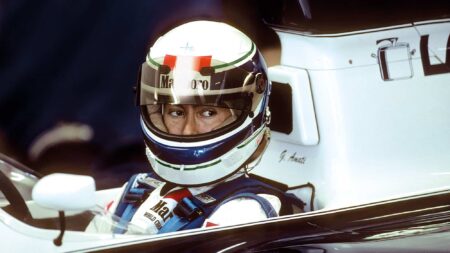The official Formula 1 Exhibition that is touring the world features a helmet display sourced from a range of makers by The Signature Store – from ’20s-style flying helmets for Brooklands Boys to modern full-face helmets – exact replicas of those worn by F1 champions. If these replicas ever come up for sale they will be collectors’ items, but here’s a tip for a more attainable piece: in the 1980s an Italian helmet maker called Jeb’s created a run of 1000 helmets for the 1984 Mille Miglia. Many mistake them for Stirling Moss replicas as the peaked style is similar. They’re ideal for nipping to the pub in your period classic and you can pick one up for under £500.
Modern recreations of classic helmets are just for the look. They won’t have a modern Snell code (the Snell Foundation was set up to test helmets for their safety rating), so you won’t see them in action at the Goodwood Revival, but they are fine for completing the look at a car meet or event, and are collectors’ pieces in their own right.

